In addition to the scientific equipment available in research labs, the Toulouse site offers several technical facilities for education purpose or for research projects
Teaching Centre on Nanosciences and Nanotechnology (AIME)
It is a unique tool for the training of Master and PhD students to the most recent and sophisticated techniques used in the nanoworld within a multidisciplinary approach (physics, chemistry, biology, systems). This center is based on the so-called “Atelier Inter universitaire de Micro Electronique de Toulouse” (AIME). Take a virtual tour (select AIME on the left of the screen. Description of facilities will be translated in English soon…).
High Performance Computing Center (CALMIP)
It supports mainly local researchers from science and industry by providing high-performance computing technologies, services and support. Researchers have access to 13 464 cores, 48 GP-CPU cards and 76 To of memory, with an overall 1,365 Pflop/s Peak computer performance.
The Microanalysis Centre
The Raimond Castaing Centre houses 12 instruments for micro- and nano-analysis including the equipment required for preparing the specimens (2 electron microprobes, 4 scanning electron microscopes equipped with field emission guns (FEG-SEM) one with a dual beam, transmission electron microscopes, 1 secondary-ion mass spectrometer)
Teaching facilities
A large number of equipment is made available to favour the hands-on principle in physics and chemistry (NMR, GC-MS, IR, HPLC, MEB, Capillary Electrophoresis)
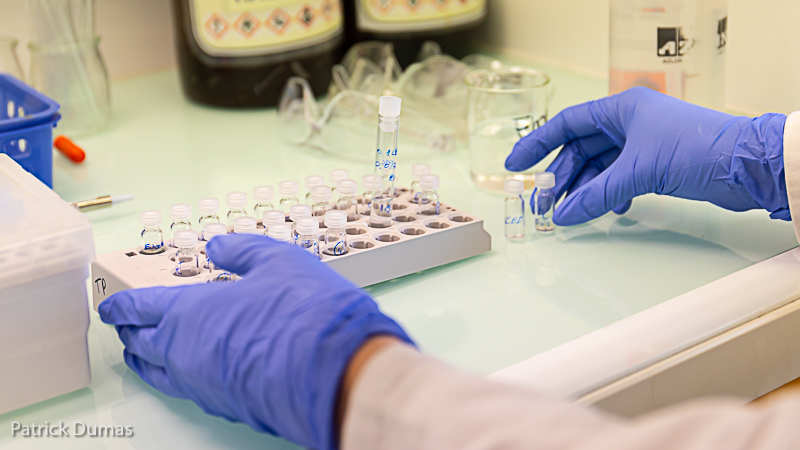
Chemical Analysis and Spectroscopy Lab@UPS
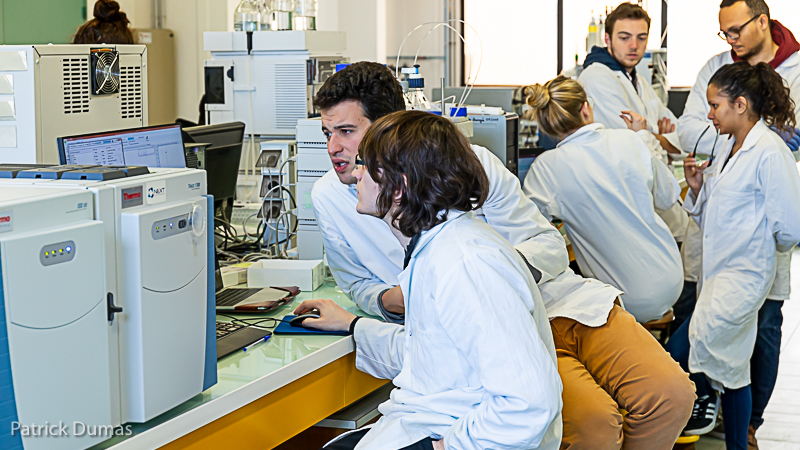
Chemical Analysis and Spectroscopy Lab@UPS
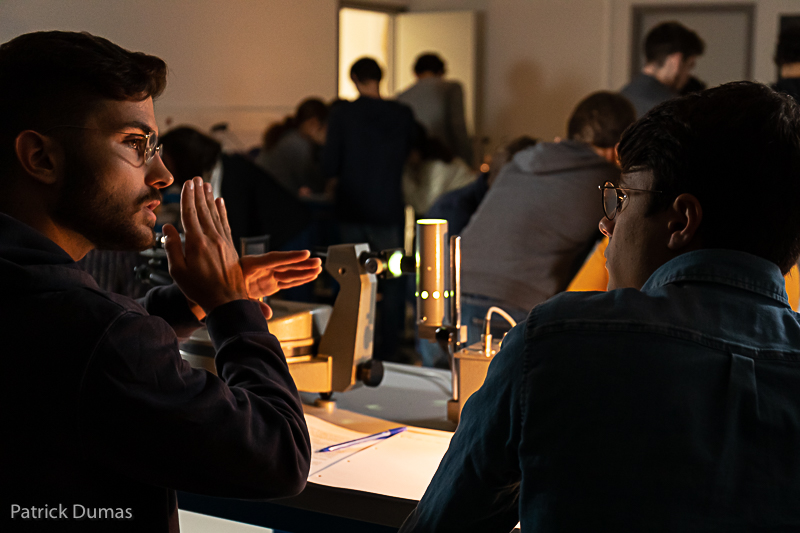
Advanced Physics Lab@UPS
The spectrometer – Goniometer can be used for studying both reflecting and transmitting type diffracting elements, here a diffraction grating
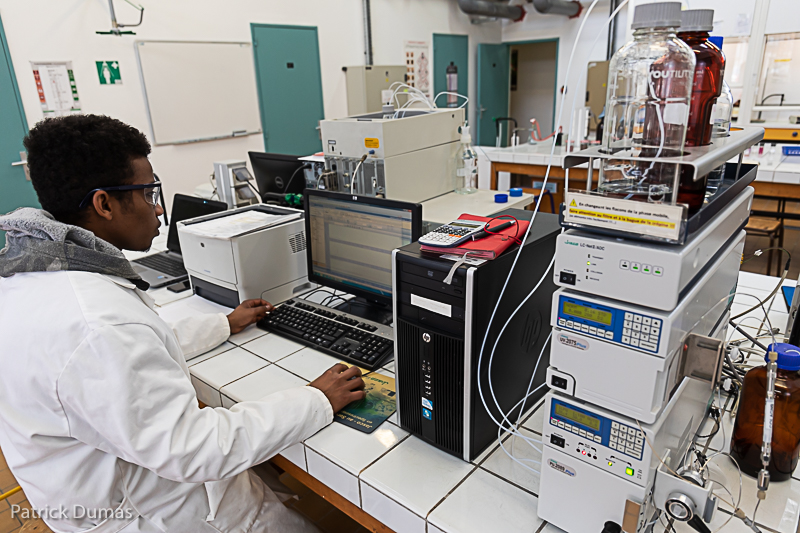
Chemical Analysis and Spectroscopy Lab@UPS
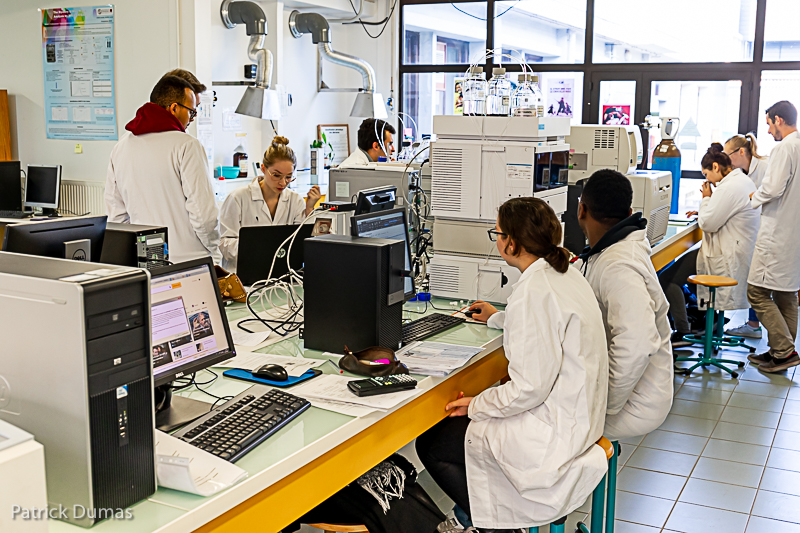
Chemical Analysis and Spectroscopy Lab@UPS
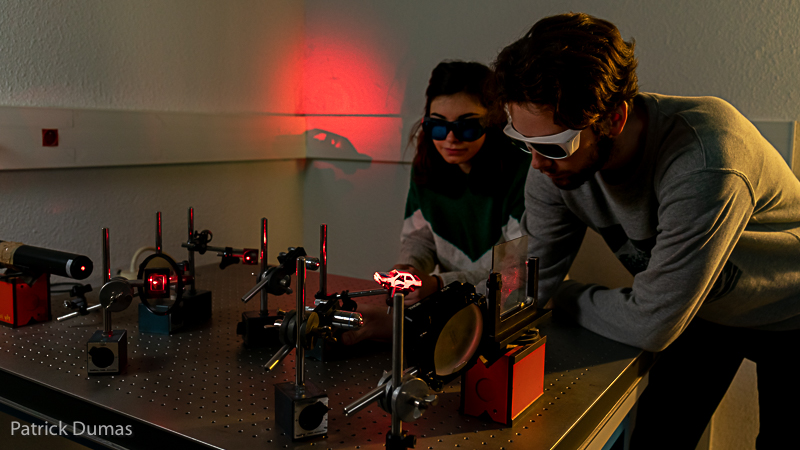
Advanced Physics Lab@UPS
Holography experiments. Holography: derived from the Greek words “holos” and “grapho”, meaning “whole” and “to write” is the method of recording an image of an object by using the total information content of light scattered from the object
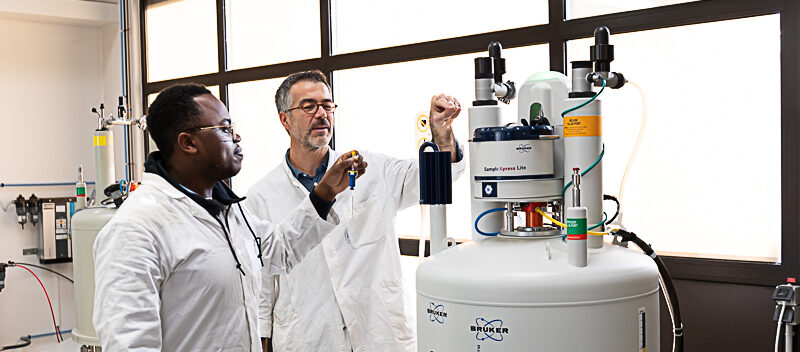
Chemical Analysis and Spectroscopy Lab@UPS
300 MHz NMR Spectrometer
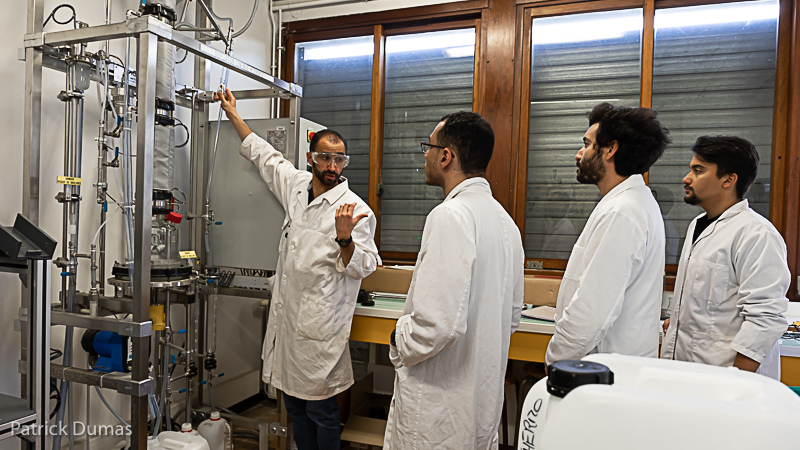
Chemical engineering@UPS
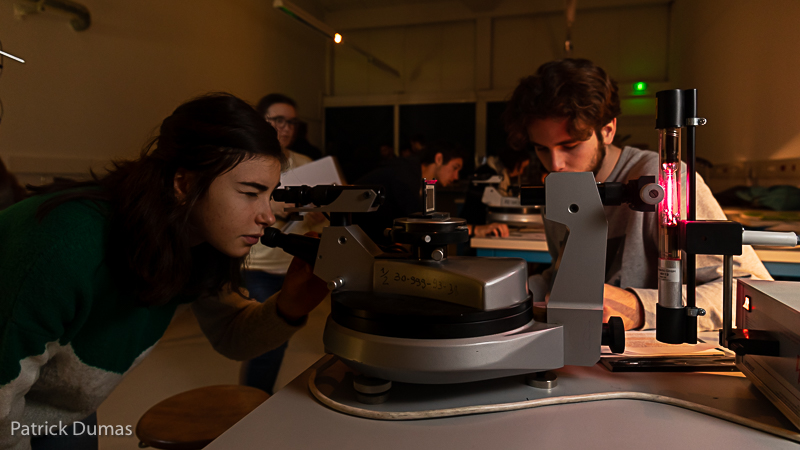
Advanced Physics Lab@UPS
Observation in the spectrometer-goniometer of interference patterns using a diffraction grating and a gas discharge tube. Students measure the Balmer series of the hydrogen emission spectra, and calculate the Rydberg constant.
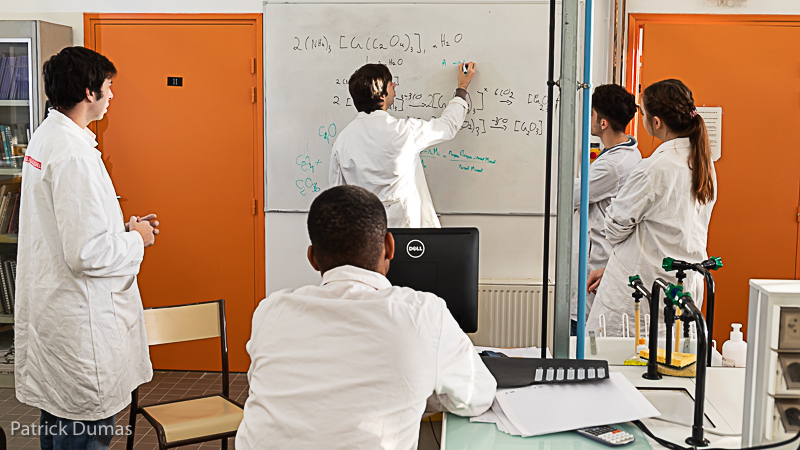
Materials Chemistry Lab@UPS
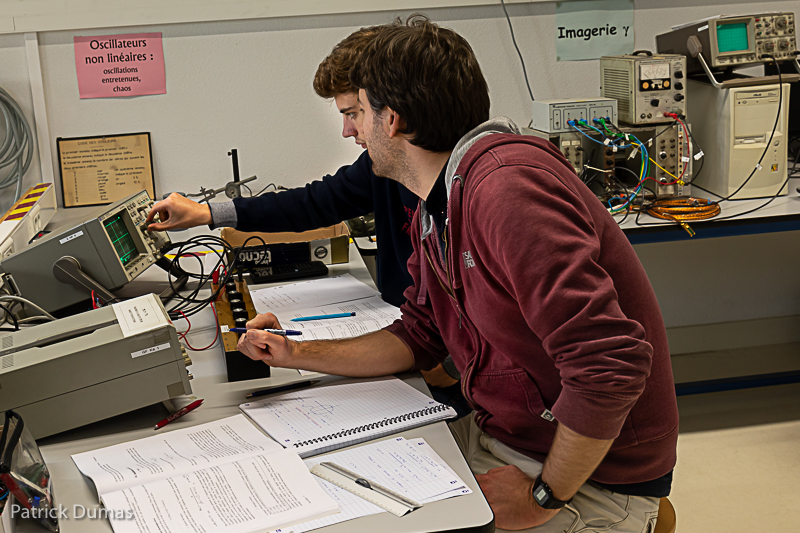
Advanced Physics Lab@UPS
Demonstration of chaotic behavior of non-linear oscillating systems thanks to electronic mounting
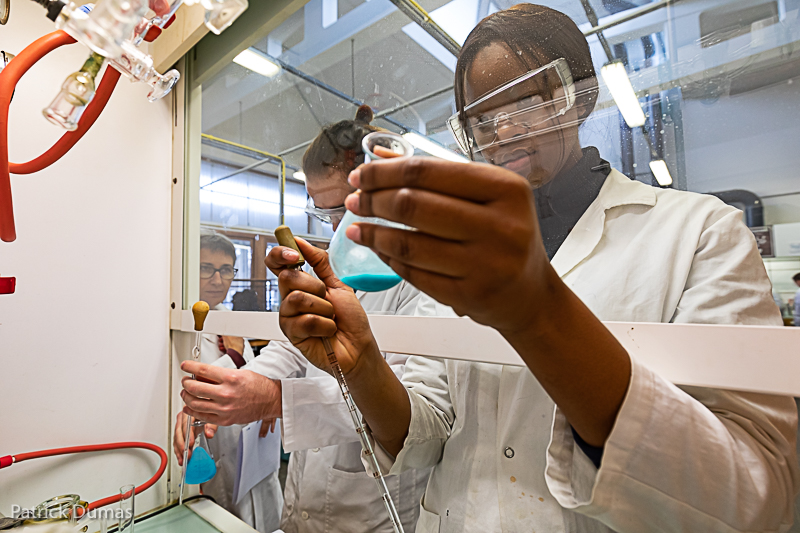
Organic Chemistry Lab@UPS
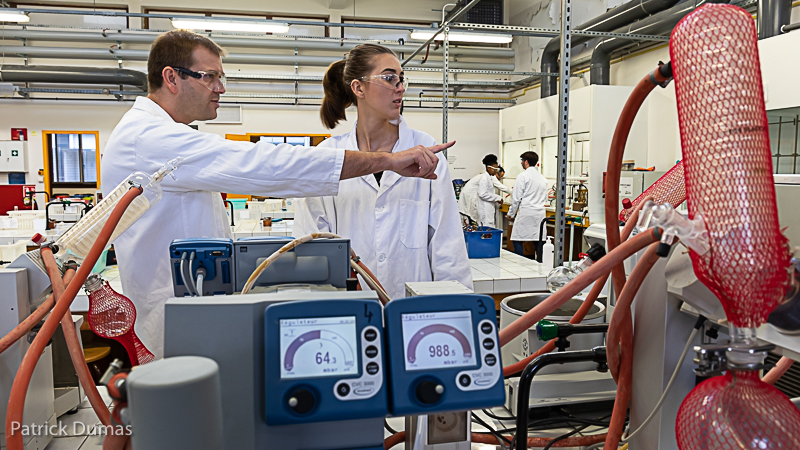
Organic Chemistry Lab@UPS
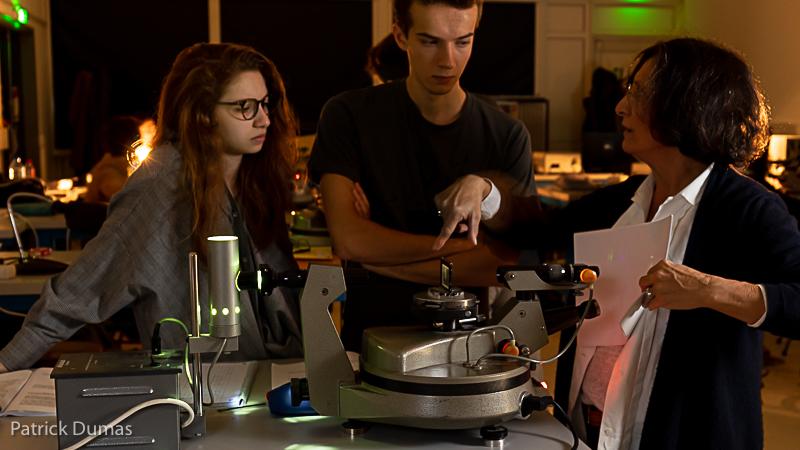
Advanced Physics Lab@UPS
The spectrometer – Goniometer is used for studying both reflecting and transmitting type diffracting elements, here a diffraction grating
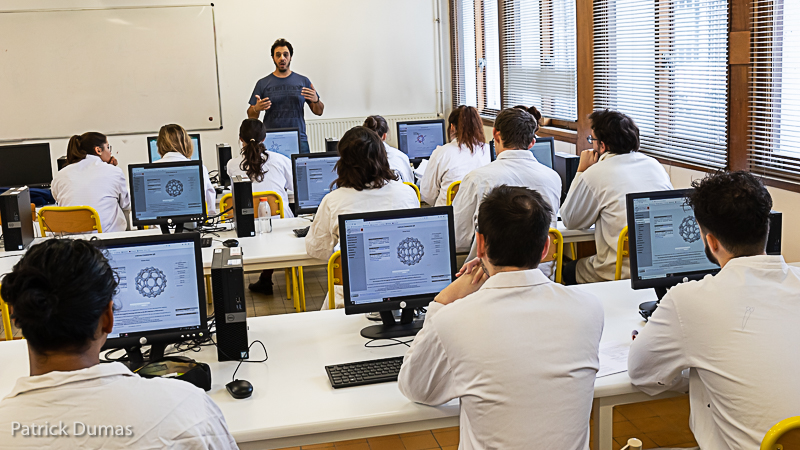
Computational Chemistry Lab@UPS
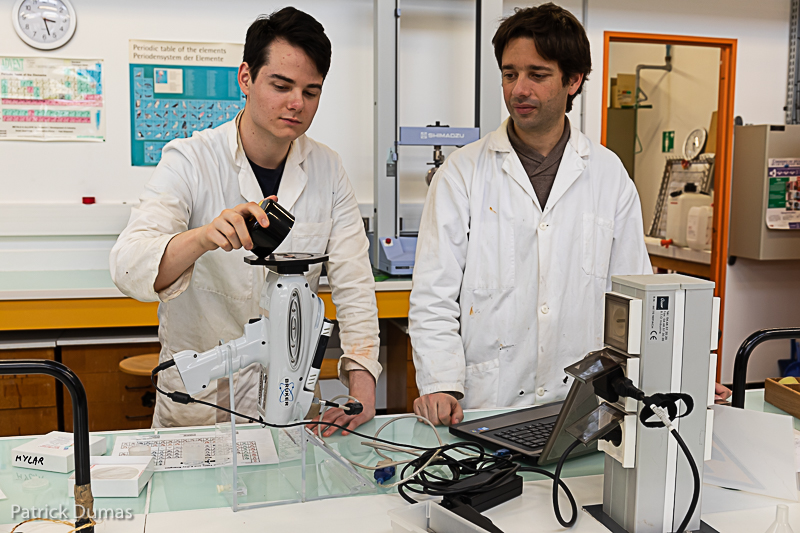
Materials Chemistry Lab@UPS
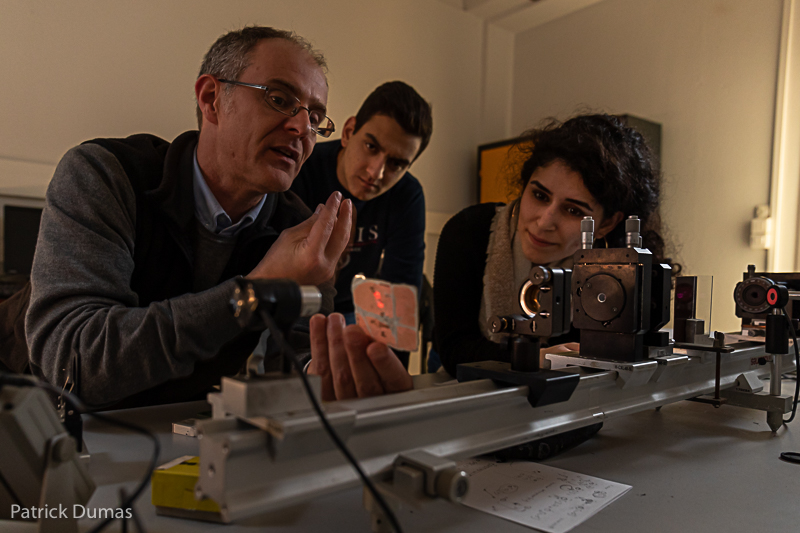
Advanced Physics Lab@UPS
Photoluminescence quantum efficiency of the neodymium ions and Nd YAG LASER
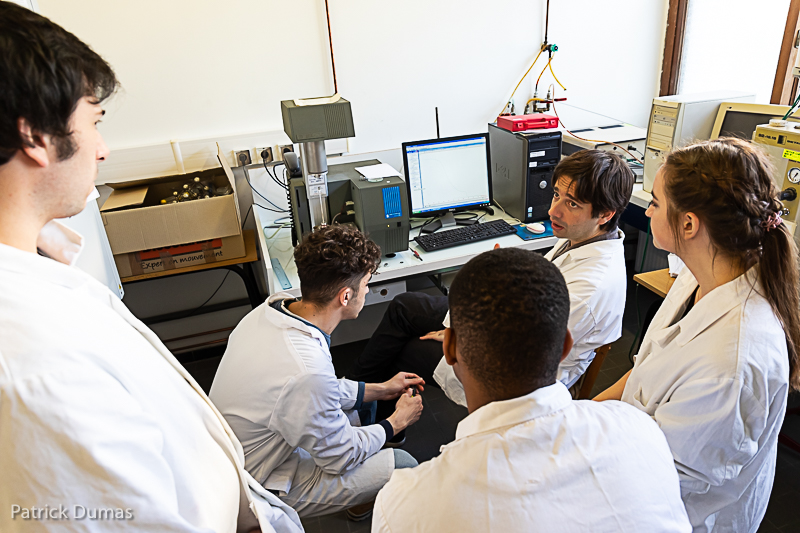
Materials Chemistry Lab@UPS
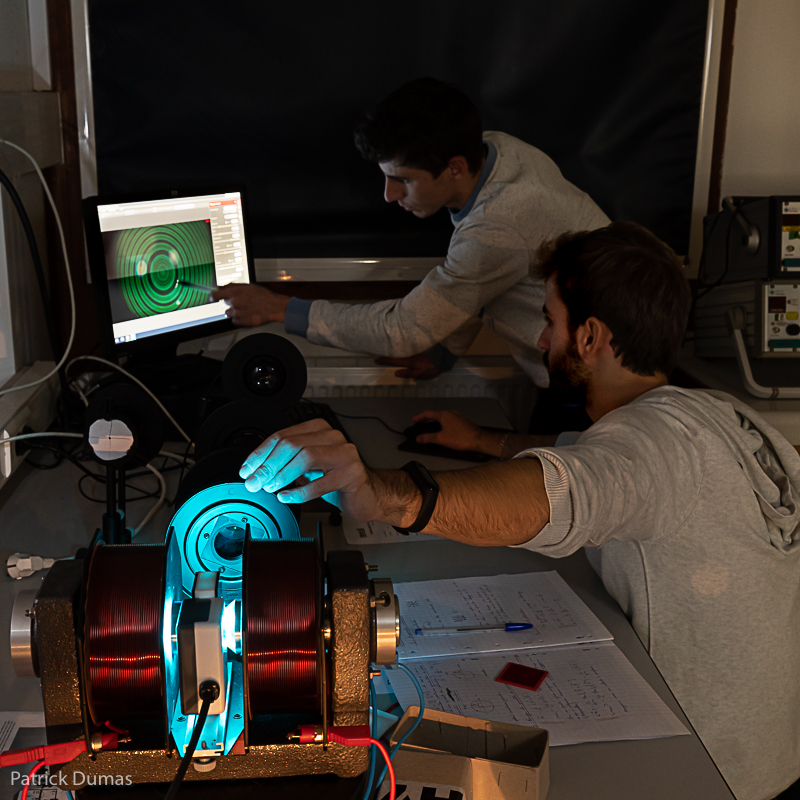
Advanced Physics Lab@UPS
Measurements of the differential quantum efficiency of the YAG LASER
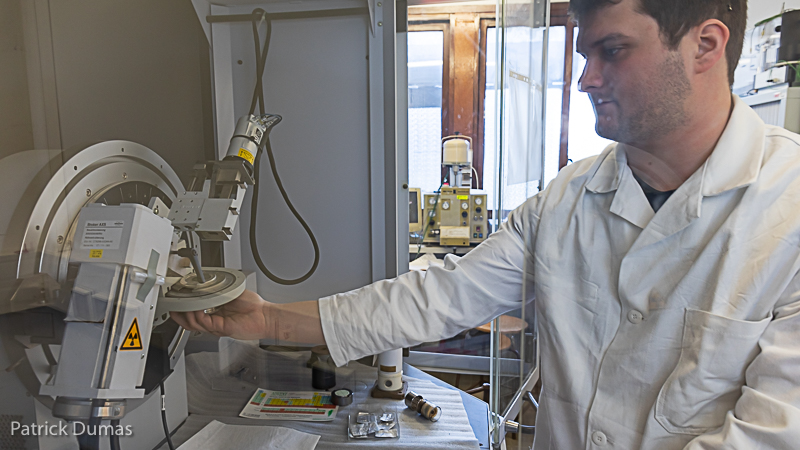
Materials Chemistry Lab@UPS
X-Ray Spectrometer
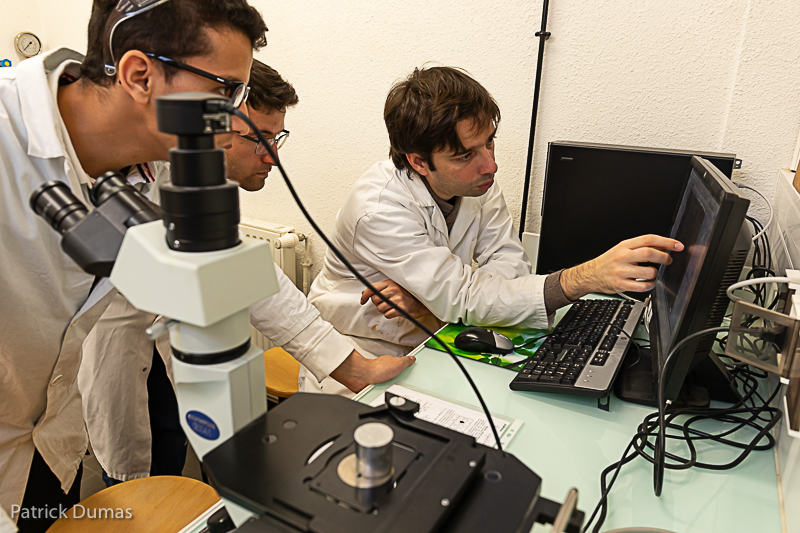
Materials Chemistry Lab@UPS
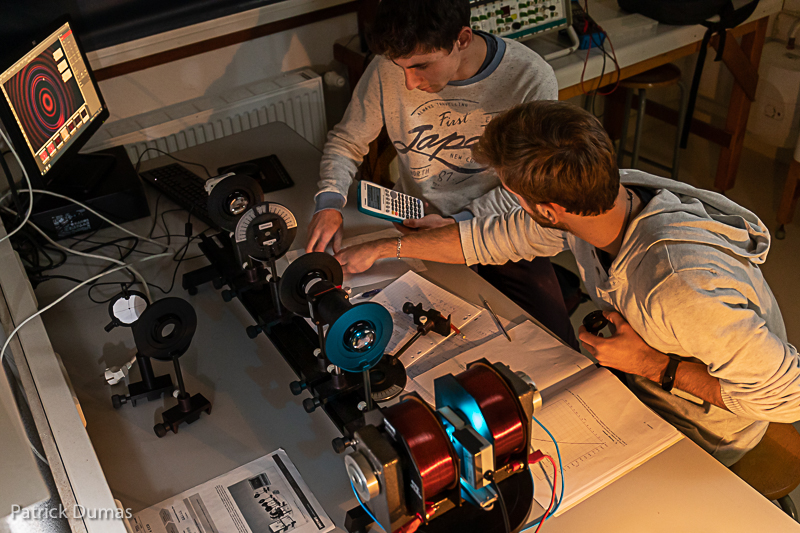
Advanced Physics Lab@UPS
Observation of normal and abnormal Zeeman effect and measurement of Bohr magneton
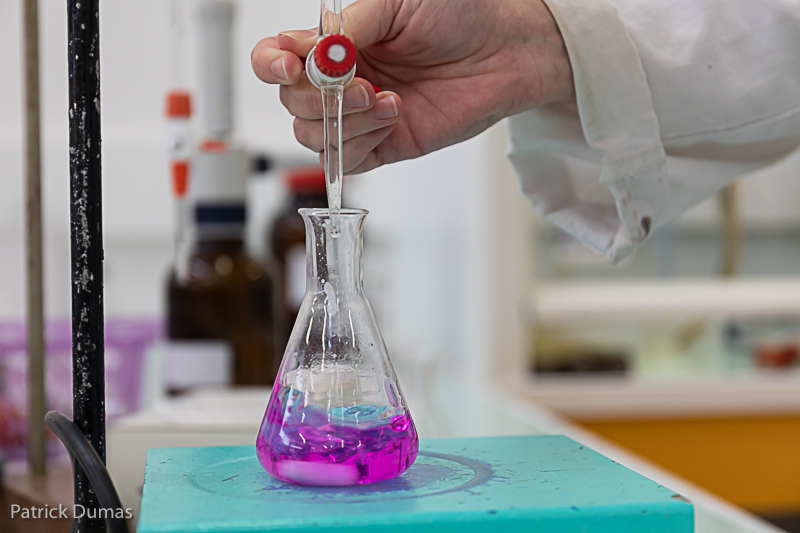
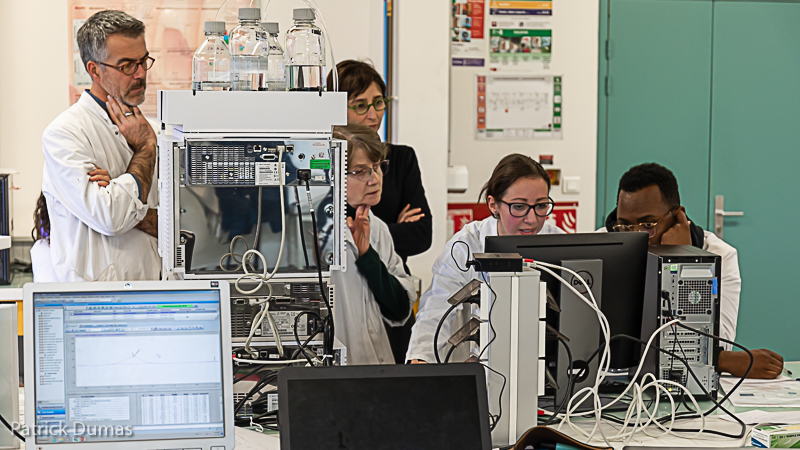
Chemical Analysis and Spectroscopy Lab@UPS
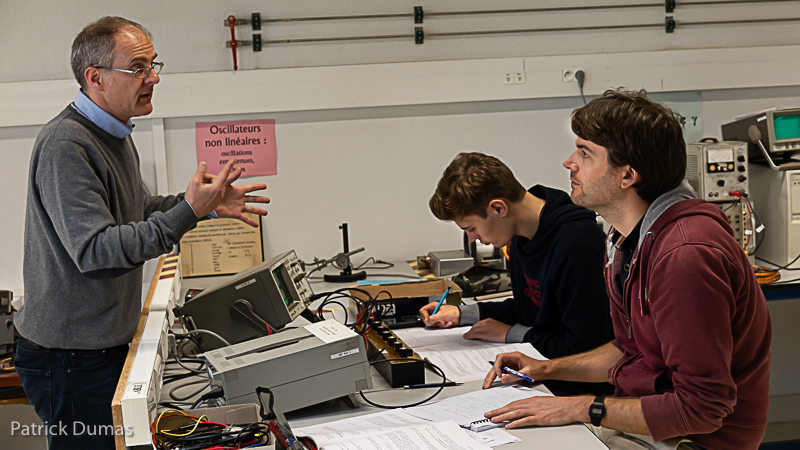
Advanced Physics Lab@UPS
Demonstration of chaotic behavior of non-linear oscillating systems
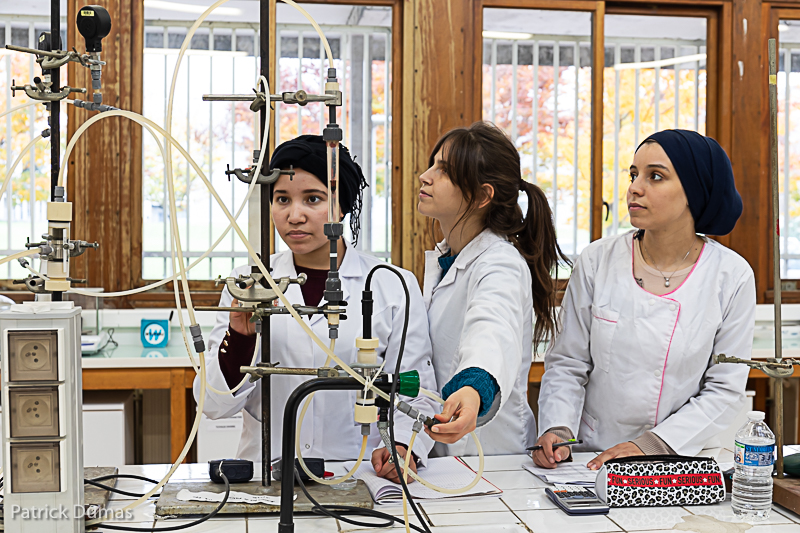
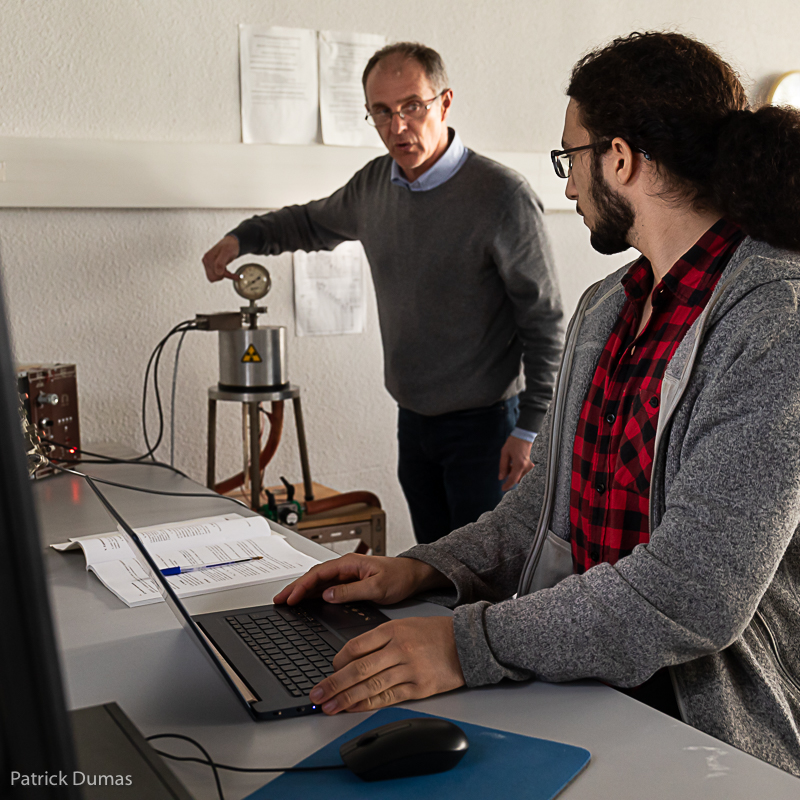
Advanced Physics Lab@UPS
Implementation a set of junction spectrometry (Silicon) for the study of some characteristic properties of α radiation (the energy spectrum of these particles, the loss of energy and their comportment when crossing a material environment)

